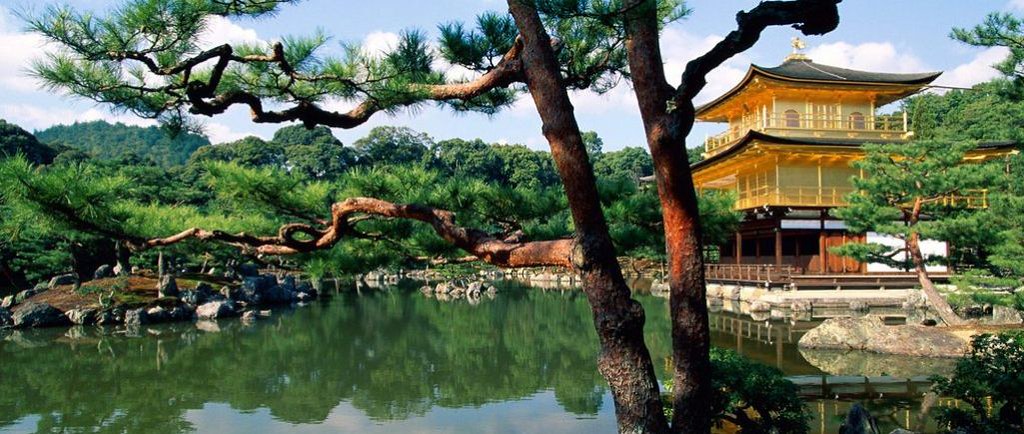 |
| GREECE |
According to the legend Panagia, the Virgin Mary, Mother of God, was sailing accompanied by St. John the Evangelist on her way from Joppa to Cyprus to visit Lazarus. When the ship was blown out of course to then pagan Athos it was forced to drop anchor near the port of Klement, close to the present monastery of Iviron. The Virgin walked ashore and, overwhelmed by the wonderful and wild natural beauty of the mountain she blessed it and asked her Son for it to be her garden. A voice was heard; "let this place be your inheritance and your garden, a paradise and a haven of salvation for those seeking to be saved". Since that moment the mountain was consecrated as the garden of the Mother of God and is out of bounds to any other women. The imperial document (typicon), known as the avaton, was established permitting only men to enter Mount Athos but no female may set foot on the peninsula.
 |
| Mount Athos |
To visit one of the
monasteries, men must obtain permits (diamonitirion) from the Pilgrims' Bureau in advance, and crowds are limited
to 100 per day. Once you have gained permission from the Pilgrims' Bureau you must
contact each monastery where you plan to stay. Without their consent you
will be turned away. The "general diamonitirion" usually granted to visitors allows you to
stay a maximum of three days, visiting monasteries at will. The more
rare "special diamonitirion" allows an unlimited stay at only one
monastery.
Once there, serious contemplation and meditation are
encouraged; gawking tourism is not. Visitors are allowed to eat and
room with the monks, as well as participate in daily work routines.
The monasteries on Mount Athos can be reached only by ferry, either from Ouranoupoli (for west coast monasteries) or from Ierissos for those on the east coast. Many visitors arrive at the port of Dafni (Daphne), from where they continue by bus to the "capital" Karyes. Smaller boats, people carriers and taxis ferry pilgrims from monastery to monastery. For boat schedules, check here.
It is possible to walk from monastery to monastery. The longest walk is from Agia Anna to Great Lavra (six to seven hours). Many of the ancient footpaths are still clear but from time to time it will be necessary to walk on the roads.
There are also sightseeing boats that do tours around the peninsula without landing; these require no permits, and are the only option for women who want to get a glimpse of Mount Athos.
The monasteries on Mount Athos can be reached only by ferry, either from Ouranoupoli (for west coast monasteries) or from Ierissos for those on the east coast. Many visitors arrive at the port of Dafni (Daphne), from where they continue by bus to the "capital" Karyes. Smaller boats, people carriers and taxis ferry pilgrims from monastery to monastery. For boat schedules, check here.
It is possible to walk from monastery to monastery. The longest walk is from Agia Anna to Great Lavra (six to seven hours). Many of the ancient footpaths are still clear but from time to time it will be necessary to walk on the roads.
There are also sightseeing boats that do tours around the peninsula without landing; these require no permits, and are the only option for women who want to get a glimpse of Mount Athos.











3 comments:
salt likit
salt likit
dr mood likit
big boss likit
dl likit
dark likit
7FKDAB
Almanya yurtdışı kargo
Belçika yurtdışı kargo
Bulgaristan yurtdışı kargo
Çekya yurtdışı kargo
Danimarka yurtdışı kargo
8OL
Mali yurtdışı kargo
Malezya yurtdışı kargo
Maldiv Adaları yurtdışı kargo
Malavi yurtdışı kargo
Makedonya yurtdışı kargo
0WR75S
Post a Comment
Welcome and thanks for leaving a comment